Original Art - Translucent Blue - Translucent Effects Can Be Used For More Than Painting Bottles
An abstract is an art piece that is attractive in its own right, without representing anything. Though, "What is art?" and "What is abstract?" are themes that can keep artists and art theorists arguing for hours, but we will leave it at none-representational, but possessing aesthetic appeal, as a working guide. There are different ways of creating an abstract, but as I was taught to plan out the work on canvas this is the technique I use. I would note that the final painting looks much nicer on screen because of the screens inherent light properties.
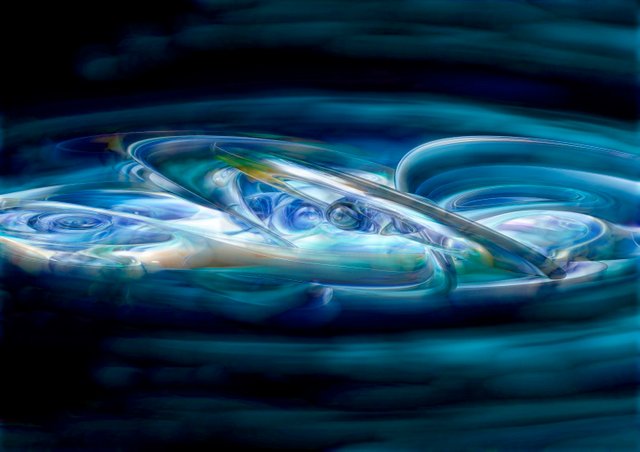
Translucent Blue - full A4 version HERE - painted on hard backed canvas
This is the process I followed
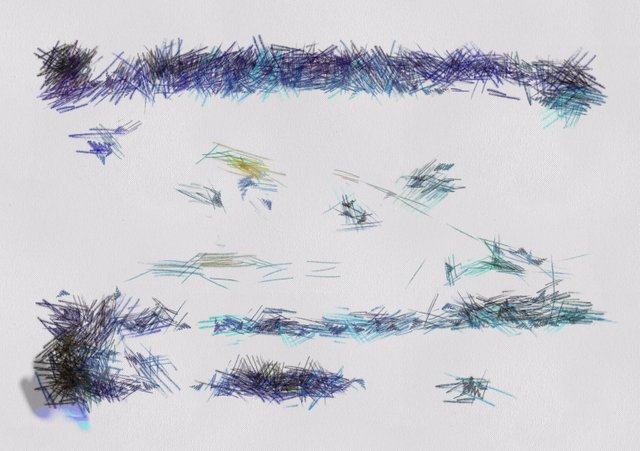
1. So, I want to create an abstract, I want to show a translucent effect, and I just saw an old film with a ship being pulled under by a maelstrom. At this point I have some picture in mind, but it's unclear and I am not sure how to fit it on the canvas. Also, I have an excess of blue paint available. I do not want to paint water, that would not be abstract, but I do want a "whirly" effect at the end. I begin marking out the canvas picking up key focus points.
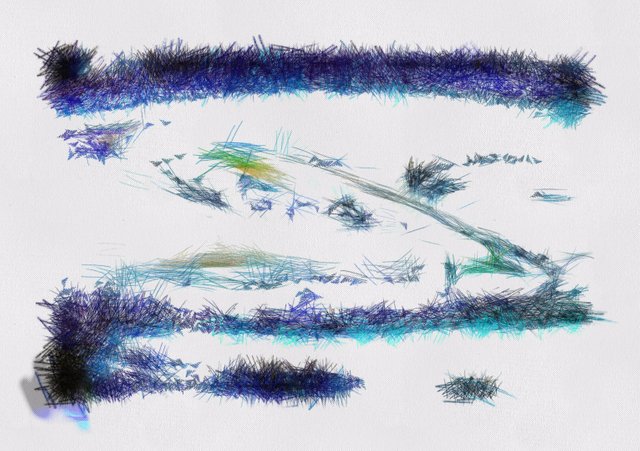
2. Marking out the canvas in this way may seem a bit pointless, but it helps prevent the painter's equivalent of writer's block. If you have got an image to work from it is not so problematic, but it is often difficult to hold an imaginary picture in your head. Another technique with abstract is to flick paint at the canvas, then use those as a cue to inspire the movement of the brush. However, here I have a good idea of what I want to achieve. Note that I have not gridded out the canvas with my usual golden mean template. It is not needed for this piece, but it would be useful in producing some semi-abstract works.

3. Very thin paint is being applied now. The pencil I used by the ways was soluble, so it tends to blend in well. What I am looking for is a whirly effect to the overall image.
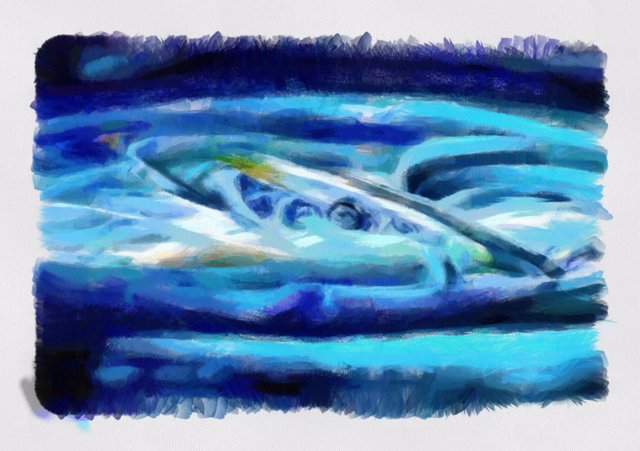
4. This is still at the planning stage. The moment to commit to thicker layers of paint, or abandon, paint over, and try something else in a few days time.
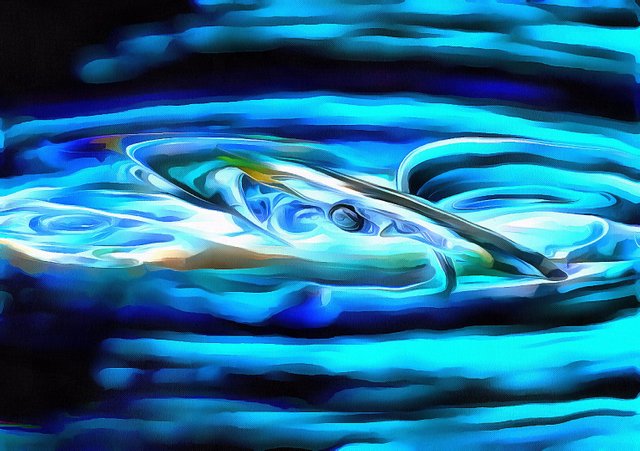
5. The image is now quite clear in mind mind, if not on the canvas. Essentially, the canvas above can be considered the "shadow" of the painting. Now I start applying layers of gradually thicker paint burying the canvas texture, which is much easier to achieve with a board backed canvas.

6. The finished canvas. The paint has been allowed to gel and smooth out. On screen the canvas looks slightly different and much smoother than its canvas counterpart. The canvas, however, shimmers a little when moved.
I hope you enjoyed this posting, and I look forward to reading and replying to your comments.

ColdMonkey mines Gridcoin through voluntary BOINC computations for science...
Beautiful work dear friend @coldmonkey, congratulations
Captivating as all shades of blue...
Great tutorial! I'll try it this way :)
Have you ever painted the Milky Way, nebulae or other cosmic objects? I 'm trying that but I am not satisfied with the results. Could you help me?
No I have never tried. Though I have seen NASA Hubble images and posters. It would seem too ambitious a project for the A4 format I normally use, at least if you wanted a photorealistic effect. Perhaps something more painterly of the Starry Night type approach would be more appropriate. I will think upon it.
I'm painting on bigger canvas now, 50x50. A/4 is generally for my pencil drawings or watercolor.
But I'm very curious about your starry night!
Fascinating process, thanks for sharing this!
Seems like it has very deep meaning...
I love translucent work, they way you sketch is very original and entertaining.
I'm not really into 'abstracts', but find this incredibly fascinating - I enjoy watching your processes. My favourite area is the mid-left hand side. With that hint of light brown, it looks almost pearlescent. Awesome!
What a great post, I am truly impressed with your style. Thanks for sharing it with us @coldmonkey
Would you be interested in a commission?